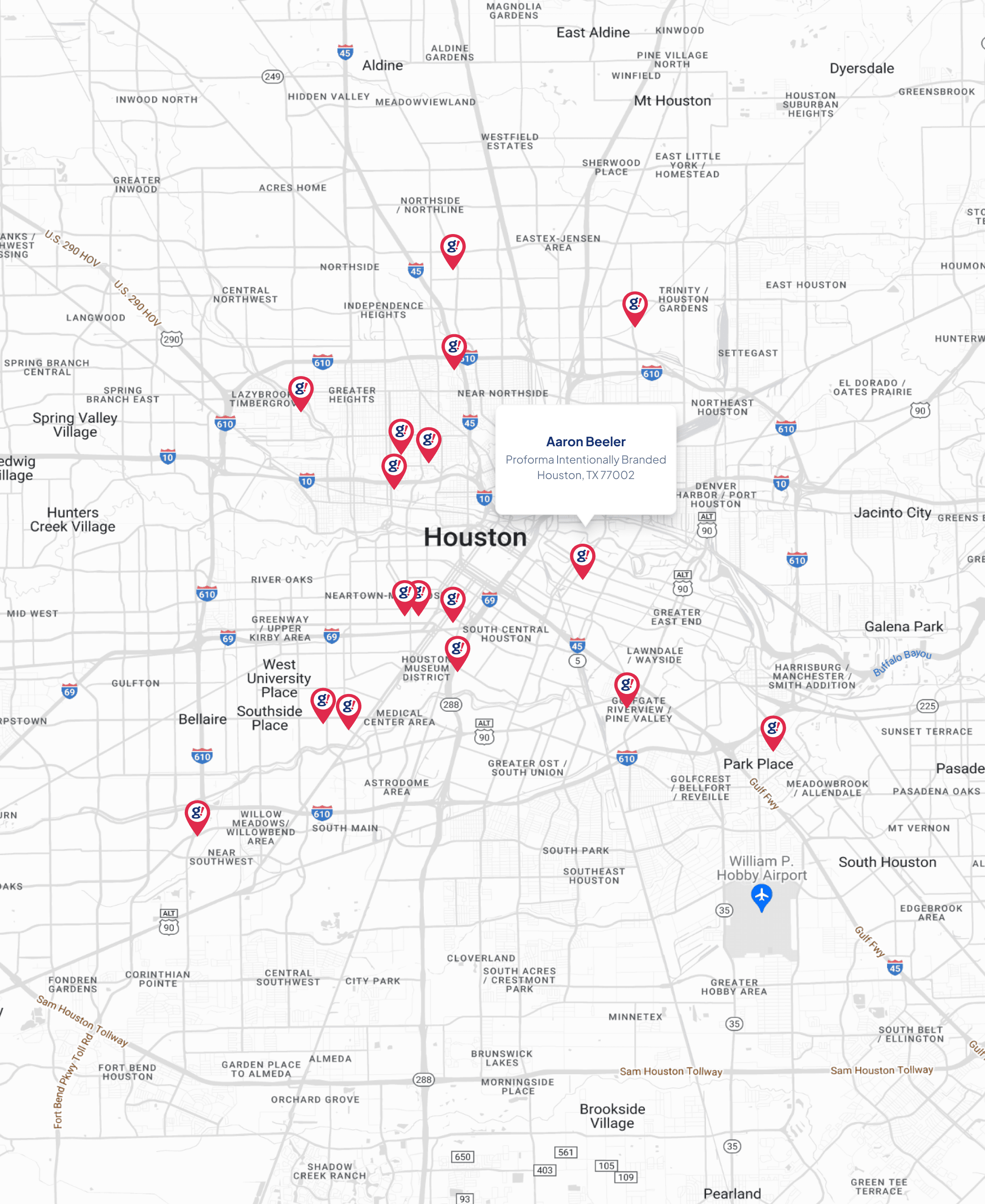Top Five Artificial Intelligence Predictions For 2021
- Updated on: 2021-01-15
- Read original article here

As AI becomes more ubiquitous, it’s also become more autonomous — able to act on its own without human supervision. This demonstrates progress, but it also introduces concerns around control over AI. The AI Arms Race has driven organizations everywhere to deliver the most sophisticated algorithms around, but this can come at a price, ignoring cultural and ethical values that are critical to responsible AI. Here are five predictions on what we should expect to see in AI in 2021:
If businesses want to regulate themselves before the government does, they will have to take steps to ensure the data that feeds their AI is fair and unbiased, and that their models are empathetic, transparent, and robust. Organizations will also need to implement a way to closely monitor their AI — with a robust simulation capability and automated oversight –, so it doesn’t go off the rails as it “learns.” So far, businesses have come up short, and unless they make meaningful strides, government regulators will crank up the heat this year.
Despite this, there’s some evidence that we’re turning the corner on AI’s trustworthiness. 81% of business leader respondents to Pega’s upcoming survey said they’re optimistic that AI bias will be sufficiently mitigated in five years. Businesses had better hope this turns out to be true – because as more of the public wakes up to how AI impacts their lives, and in some cases plays favourites, they will continue to ask harder questions that further erodes trust in AI, forcing businesses to have to answer to them.
Given growing consumer queries, distributed workforces, and increased challenges, there will be more demand for automation in AI and close monitoring of those AI interactions. Hyper-automation will help streamline workflows in the post-COVID era. However, businesses will still need to understand what their AI is doing in order to predict it and monitor it, so they don’t disenfranchise any of their customers.
To be successful, businesses will want to ensure everything on the periphery syncs up to a central brain for a holistic customer view. Isolating AI into edge computing silos would ultimately lessen the power of AI. Only by ensuring the edge is constantly connected to a central location will they be able to push the boundaries of what’s possible.
5. ModelOps will become the “go-to” approach for AI deployment. Much like the way DevOps has given structure to the way applications are deployed, ModelOps will reach a tipping point in 2021 as a way for mainstream businesses to better develop and operationalize their AI models. This will give them a more systematic way to quickly and responsibly develop, test, and deploy AI models more efficiently via the Cloud.
Get the latest updates and relevant offers by sharing your email.
Next year, more organizations will focus on effectively moving their AI models up the food chain with ModelOps while ensuring there’s enough structure for IT to put in guardrails. That process should not be so restrictive that agility and innovation are stifled – particularly with Citizen data scientists. In 2021, ModelOps will help organizations everywhere strike that right balance.
There’s no doubt that AI will be in the spotlight in 2021. And scepticism is not going away. As AI becomes more pervasive, more structure and controls around processes and policies on AI, and how it is developed and used, are sure to emerge. With so much potential to help businesses and consumers everywhere, AI can change the game, if handled responsibly.



